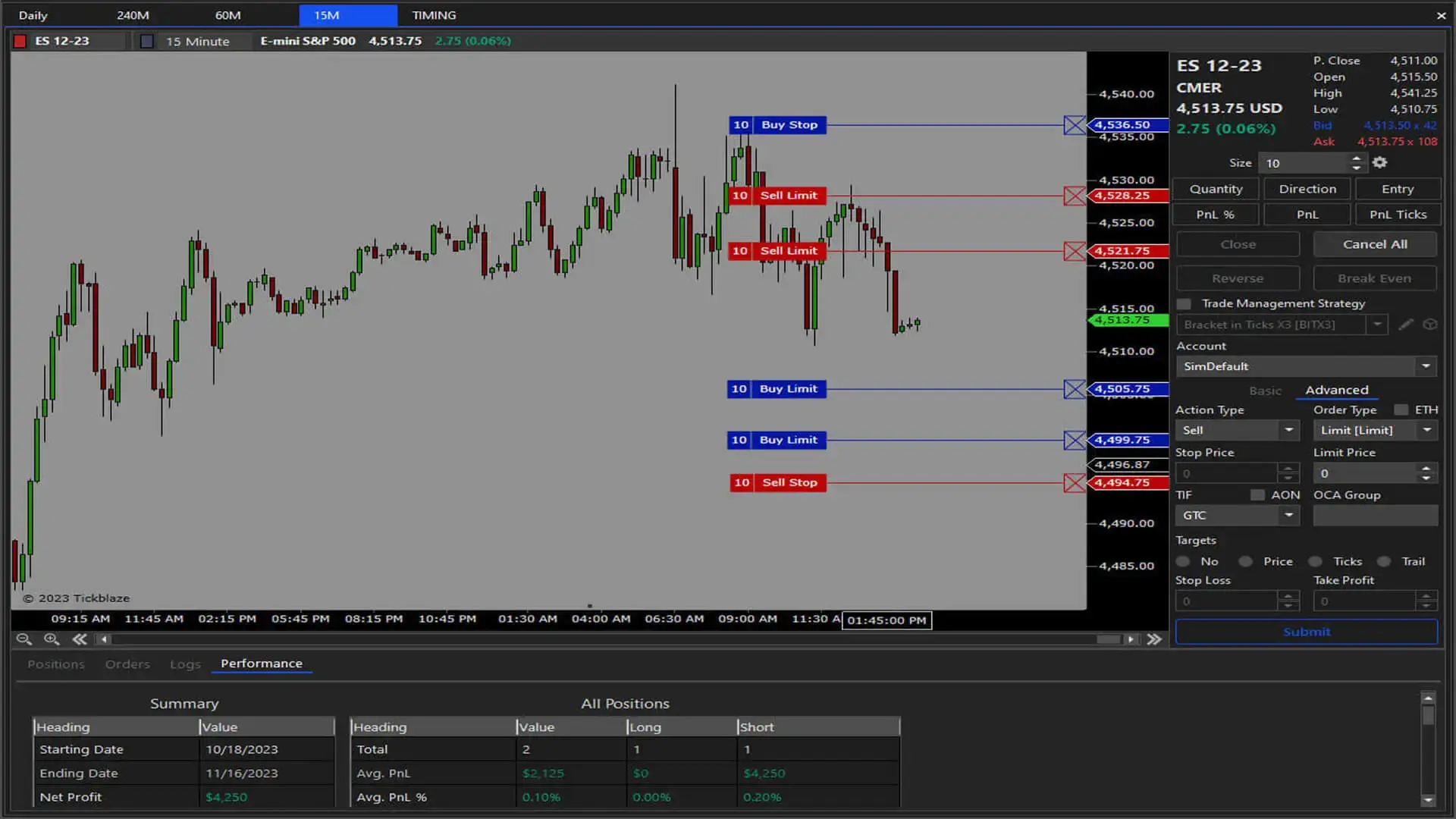Candlestick patterns enjoy huge popularity among traders for analysis and forecasting market moves. The fact that it all started in Japan in the 18th century makes those patterns quite informational in showing market sentiment and probable price moves. However, the important question is: do candlestick patterns really work? Let’s take a look at the effectiveness of candlestick patterns—the dos and don’ts of using them, and practical tips for traders.
Do Candlestick Patterns Work?
Candlestick patterns are highly acclaimed since they show price movement visually and enable the trader to make decisions from the same information. Nevertheless, their level of effectiveness will be conditional on several factors:
1. Market Conditions: Candlestick patterns work much better during trending market conditions; their effectiveness can be significantly reduced in chopping or sideways markets.
2. Time Frames: The reliability of trends/patterns on different time frames could also have distinctions from one another. Relatively longer time frames usually have the possibility of stronger signals compared to shorter time frames.
3. Confirmation: Candlestick patterns, supported by other technical tools, can make their application more soundly reportable. Supplementation of another key source, such as volume, moving averages, or other indicators, can give good-quality trading signals.
Candle Stick Patterns Do's and Dont's
Dos:
1. Learn Key Patterns: Understand some of the most important patterns, like the Doji, Hammer, Engulfing, and Morning Star. Learn how to make such patterns more useful when enhancing an overall trading strategy.
2. Use in Combination: Candlestick patterns are dynamic when considered alongside the other tools for doing the technical analysis. RSI, MACD, and Bollinger Bands are the indicators that add more confirmation to the accuracy.
3. In Context: Consider the candlestick patterns in relation to the broader market context. At key support or resistance levels, the patterns tend to have added significance.
4. Regular Practicing Time: Just like any other skill, reading candlestick patterns really is a skill that needs to be practiced in order to be perfected. Meanwhile, practice on a demo account so you would become comfortable.
Don’ts:
1. Rely Solely on Patterns: Avoid making trading decisions based solely on candlestick patterns. Always seek confirmation from other indicators and analysis methods.
2. Ignore Volume: Volume is one of the inputs that can help determine the strength of a pattern. Low volume could mean that not much conviction lies behind a price move.
3. Overtrade: Do not let yourself be mentally dominated by taking each pattern that appears. Stick to high-probability setups and practice patience.
4. Risk Management: Always use adequate risk management. Set up stop losses to safeguard your capital, and never take big losses.
Practical tips of candlestick pattern use
1. Get the Basics Right: First, master some simple patterns, such as Hammer, Doji, and Engulfing patterns. These are very easy to recognize and frequently yield reliable signals.
2. Multiple Time Frames: Observe patterns over various time frames to get a full definition of the market. This will help you call trends and the probability of a trend reversal with greater precision.
3. Trade Journal: Maintain a record of all your trades and the patterns you use. This can help you see what works and what doesn’t in terms of your strategy, and you can refine it over time.
4. Stay Updated: Market conditions and your strategies change. Stay abreast of the market trends, the news, and the developments within it so that you can ensure your trading trading strategy remains relevant
Conclusion
Candlestick patterns are excellent tools for any trader. The power of that tool is how it is being put into play. Traders raise their success rate by consolidating the basics, putting together the rest of the technical indicators, and increasingly practicing the concretion of information provided by the Candlestick patterns. NeuroStreet Trading Academy offers an comprehensive trading educational program to help understand these basics.
Sound risk management methods should be practiced at all times, while a trader should keep in touch with the environment as no single tool guarantees a profit. With these tips and strategies, you’re going to be able to enhance the ability of the candlestick patterns to make better trading decisions and improve overall trading performances.



